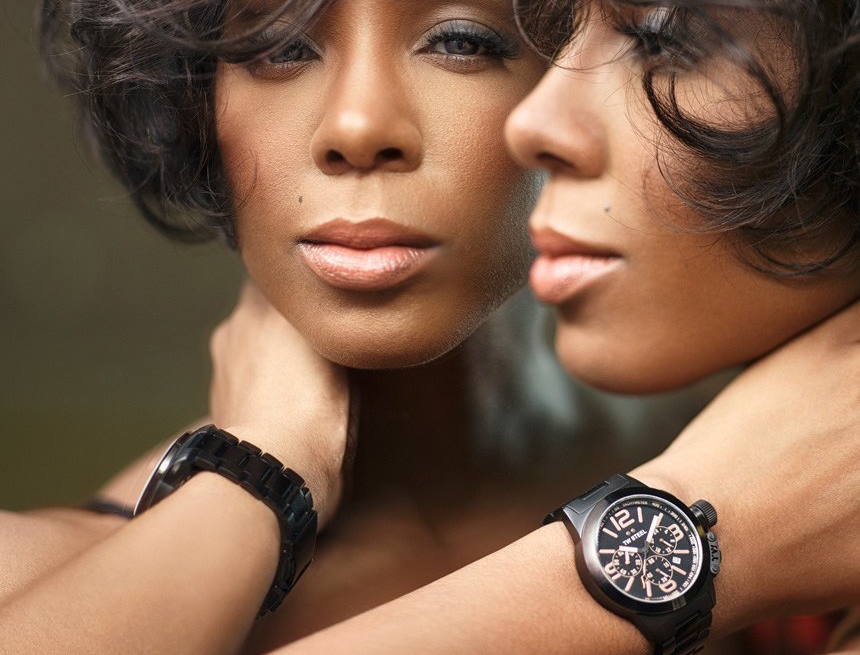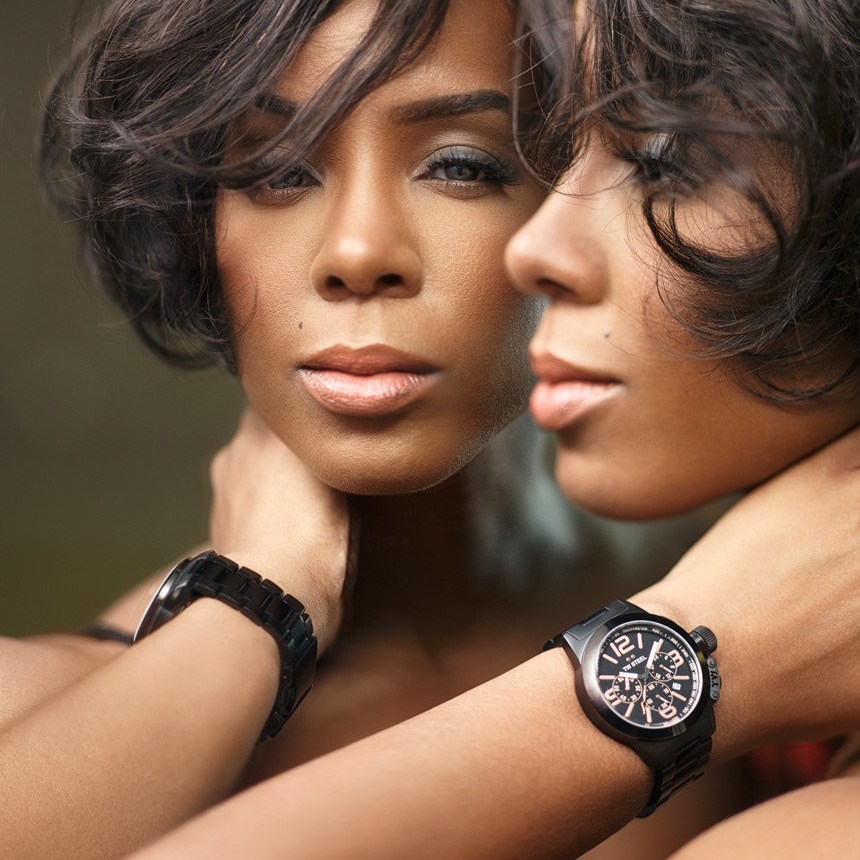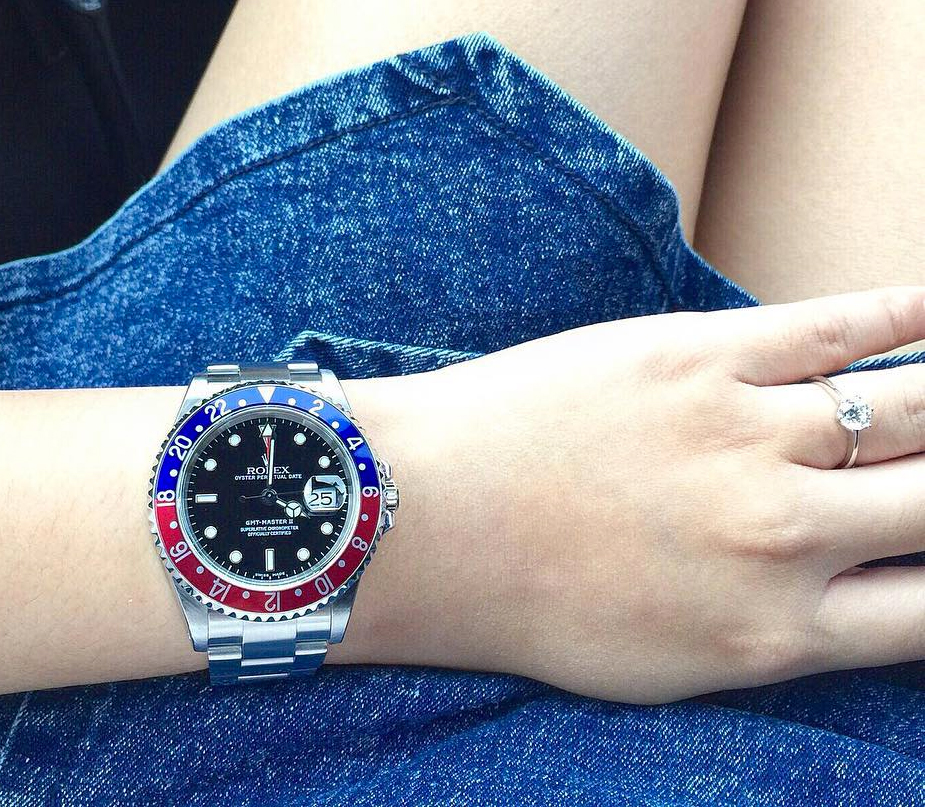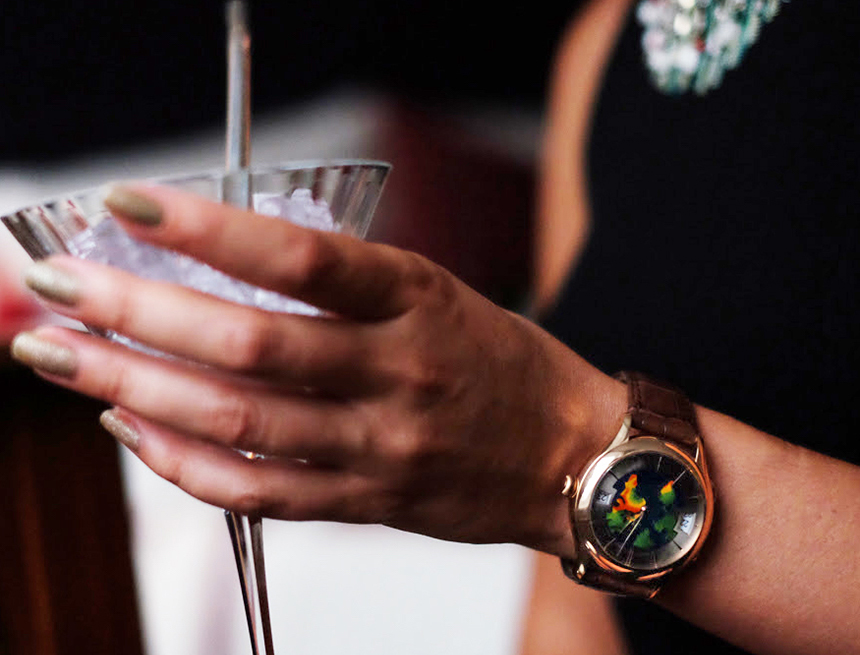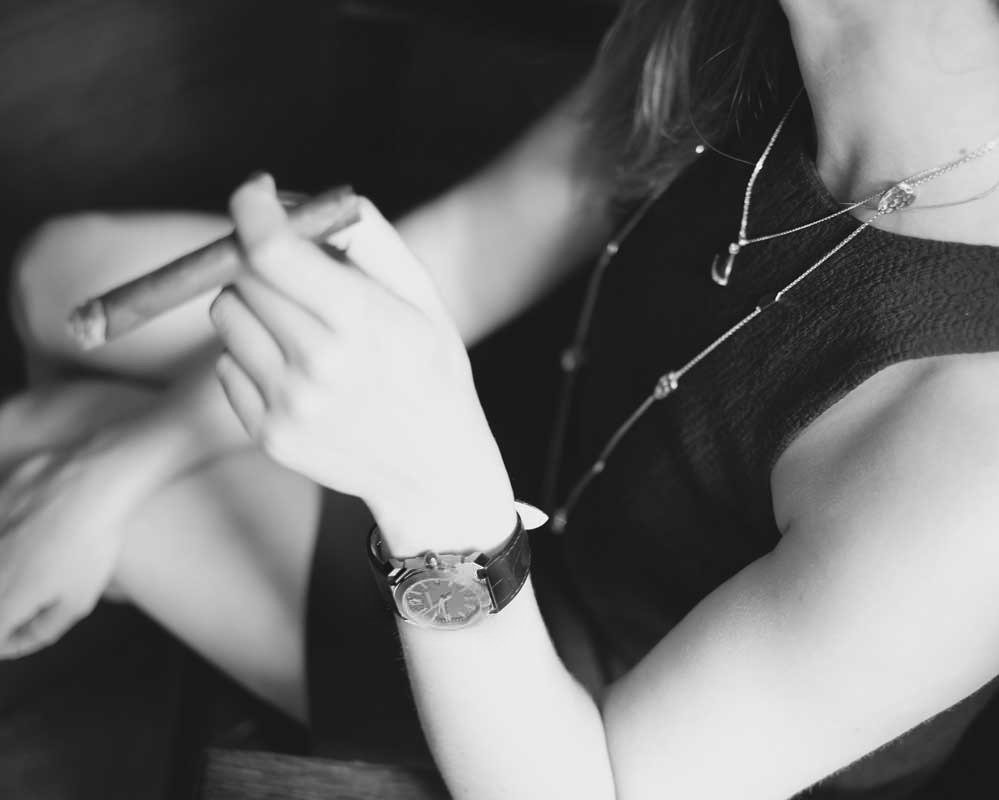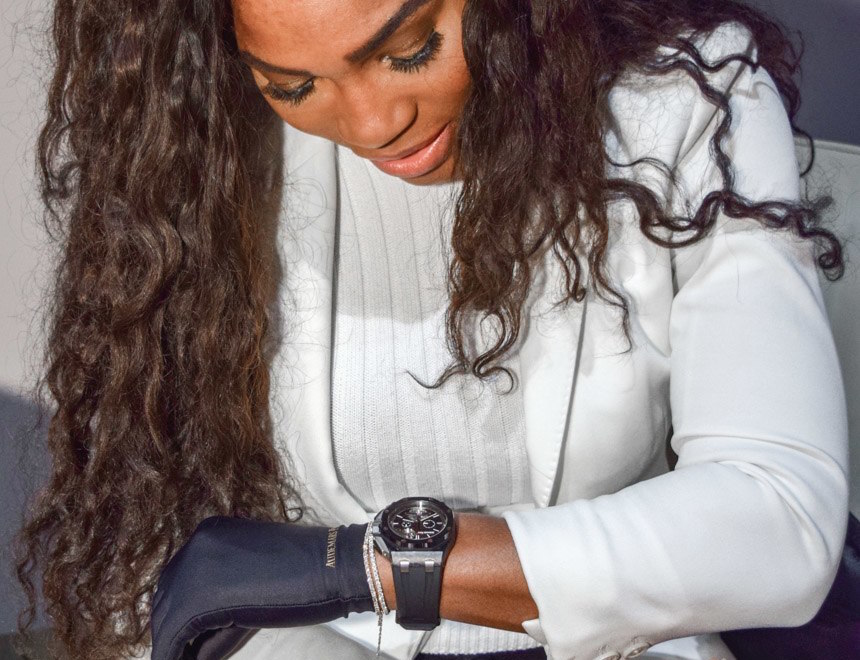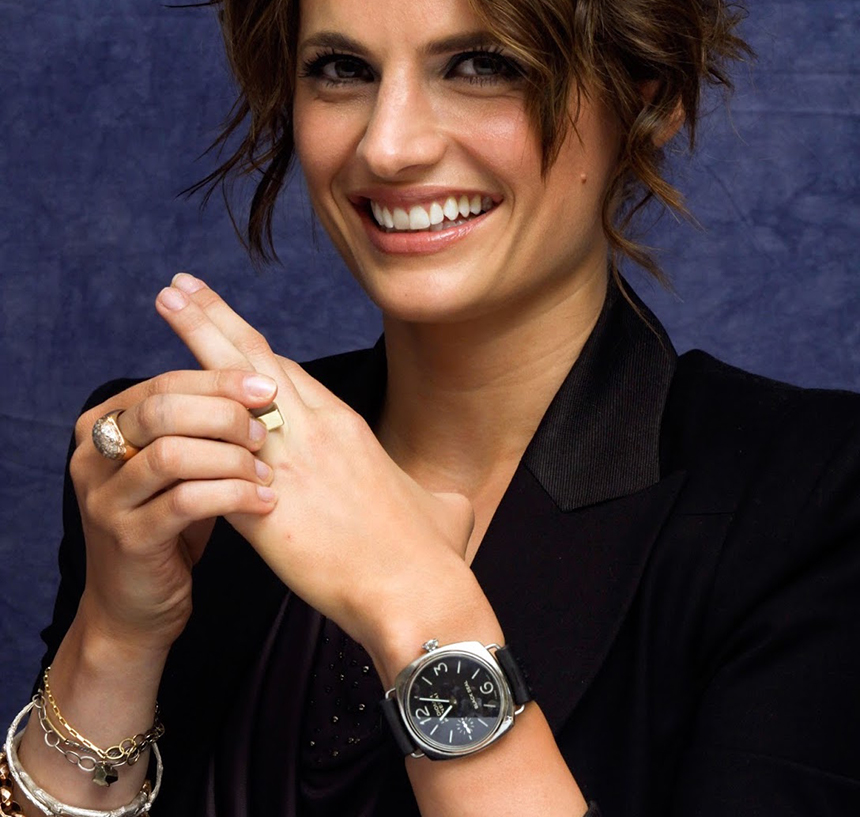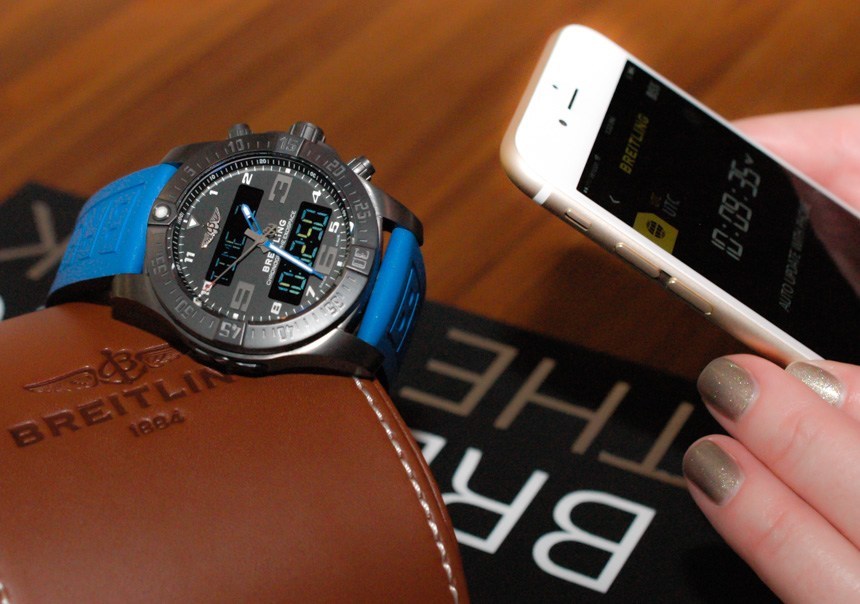
Outside of some regional peculiarities (such as parts of Asia) men won’t wear women’s watches. Women, however, are a lot more democratic in their watch-wearing tastes. It is quite common for women to wear or even prefer watches traditionally considered to be for men over those specifically designed for women. I find this mentality intriguing and have noticed a few interesting things that can happen when women wear a men’s watch. These things not only affect how the woman looks, but also the appeal of those watches toward men.
Some people will probably want me to define a few of these terms, and they would be right to demand things such as “what is a woman’s watch?” It is true that, strictly speaking, so long as a watch physically fits on the wrist, anyone can wear it. By women’s watch I mean a timepiece specifically designed for feminine aesthetics, in smaller feminine sizes (35-36mm wide and under), and that also often combine the appeal of jewelry. When I think of some famous women’s watches, what comes to mind are timepieces such as the smaller versions of the Rolex Datejust, Cartier Tank Francaise, Chanel Premiere, and Breguet Reine de Naples. Judged by most average standards, these are women’s watches in the same way high heels are women’s shoes.
Women don’t always wear “women’s watches,” though, and often wear two other categories of watch that are a bit more complicated to define. These categories are unisex watches and men’s watches. Not everyone believes in unisex watches because they feel that the designs are inherently made for one sex or another. This is typically the outcome of an otherwise men’s watch which is reduced in size enough for many female wrists. A good example is a men’s sports diving watch that is normally 42mm wide, made in a 38mm-wide case and suddenly labeled unisex. The reason it is not called a woman’s watch is because it is not primarily designed for a woman, and if there is a man with wrists that might otherwise measure into female wrist-size norms, he can still wear it and not look strange.
What I do feel about many unisex watches is that they are only unisex for a short period of time before one sex or another decides to appropriate them. This can actually go back and forth as a watch begins its life as being for men and later losing favor by being mostly worn by women. But how does this happen? I’ll get to my theory on this psychology in a bit.
After women’s watches and unisex watches, we predictably have “men’s watches.” What makes this group distinct is that even if a woman wears this watch it remains utterly masculine in its appeal, without any perceived “macho loss” from a woman wearing it. This is very important to consider because a men’s watch is still a men’s watch on a woman’s wrist, but a unisex watch becomes a women’s watch when on a woman’s wrist. Each of these timepieces have appeal to women, but for different reasons that I think men should actually think about if only to not be turned off to certain timepieces.
A sort of unspoken reason why such “watch gender” classification is necessary is because (again, for the most part) men don’t want to wear women’s watches even if women want to wear men’s watches. An important facet of masculinity is that pure masculine things cannot be diluted into anything less. The point here is that if a man sees a woman wearing a man’s watch and it appears feminine on her, he will often no longer wish to wear it. This is actually one of my theories for why watch sizes have been getting bigger over the last one to two decades. As women have been appropriating more traditional masculine watch designs (among many other items in their life, from automobiles to clothing), men seek out even more masculine things that women aren’t interested in. Thus, in order to make a watch more masculine, one technique is to simply increase its size.

